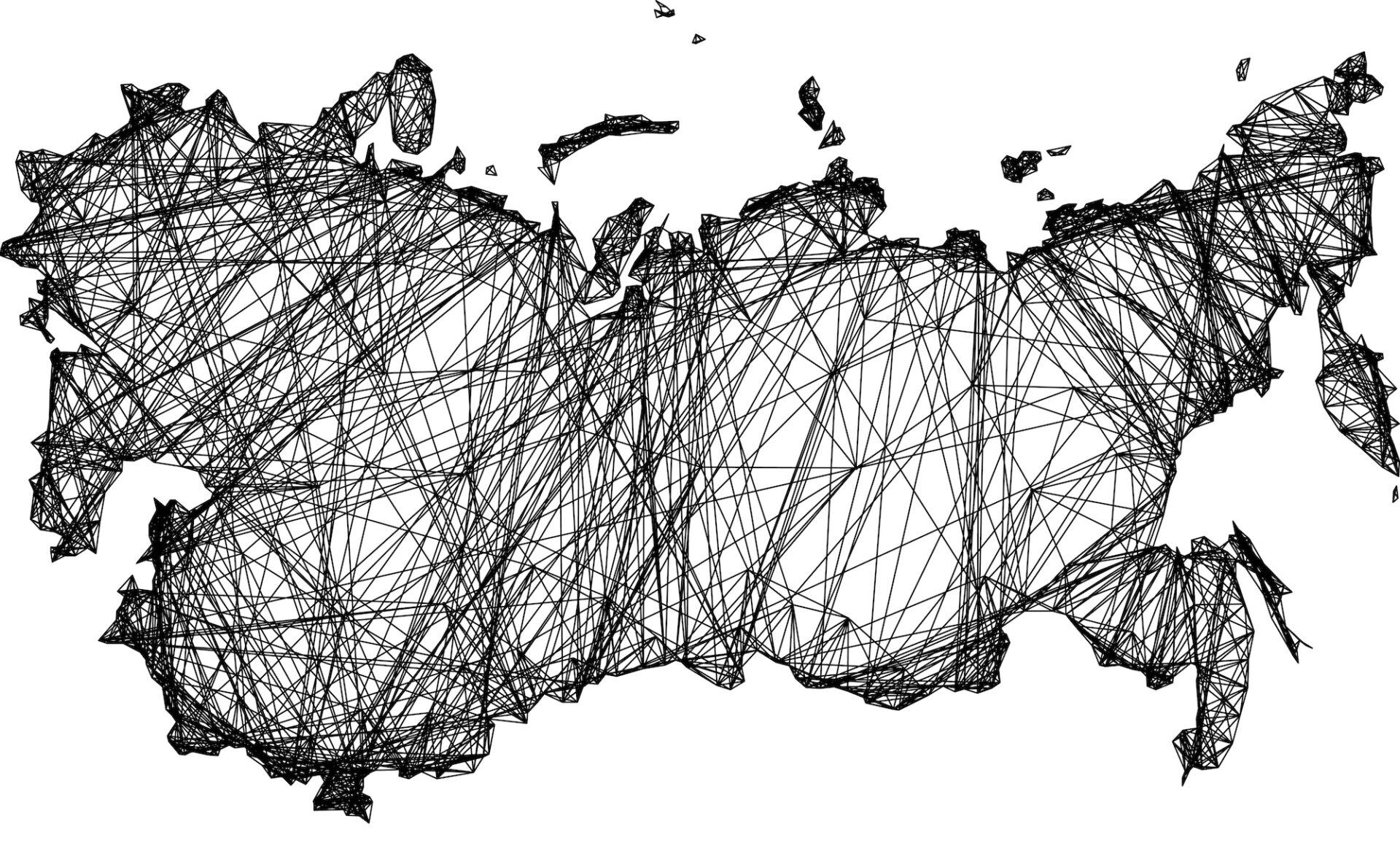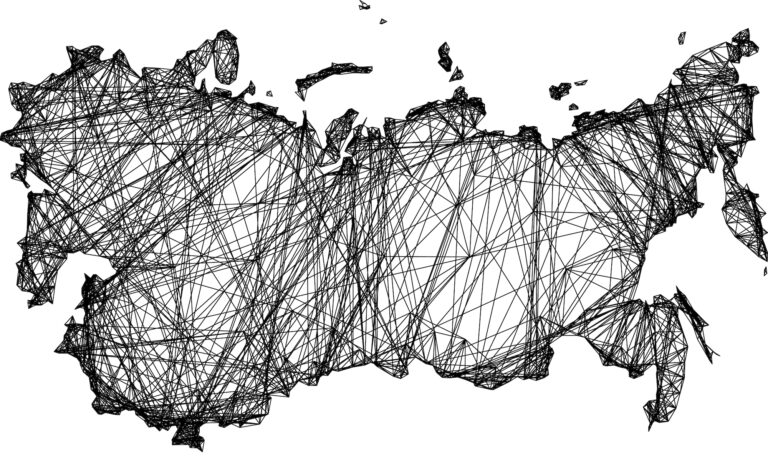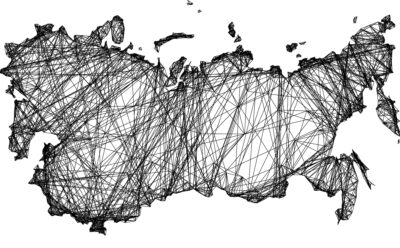The last few hundred years of Russian history have been characterized by well-documented cycles: consolidation, expansion, collapse. Strengthening, expansion, collapse. And so on and so forth, again and again. The 1990s were a period of collapse, the 2000s of consolidation. Now is a time of expansion.
Expansion is taking place along different ideological lines. In short, a powerful empire is being built, or at least attempted, by pursuing the mission of Eurasianism, adopting the Russian imperialist ideology, and pushing the idea of Slavs as one people, of which Russians are a large part (or Slavs as brother nations, where of course Moscow considers the Russian as the big brother).
From the 2010s onwards, the dynamics of post-Soviet space and Moscow’s foreign policy shifted into a new gear, one aimed at closer integration between the former Soviet republics, giving birth to, among others, the Customs Union, the Single Economic Space and, and, beginning in 2015, the Eurasian Economic Union. The ultimate goal was the resurrection of a new Russian Empire, with centralized Russian power, supranational institutions, and subordinate and dependent local governments. This concept’s execution had certain milestones, certain destinations: the creation of common ministries, a single currency, a common parliament, etc.
But Moscow rushed ahead, and after the aggression against Ukraine and the annexation of Crimea, other countries took two steps back: Russia showed its teeth and it became clear that this was not primarily about creating an economic union, but a politically centralized organization.
After 2014, Moscow’s partners settled into a cautious stand-off, stalling for time and citing one reason or another to block further integration. In the meantime, instead of building on the common roots and internationalist elements of the past, Moscow’s allies have begun to strengthen their own nation-building. This is what happened in Belarus, Kazakhstan, Uzbekistan, etc.
Putin got fed up after a while because he wanted concrete results now, under his own political leadership, not in the distant future. Moscow eventually changed tactics: instead of multi-country integration, it targeted partners one by one. The plan was understandable: if closer integration between two countries works, it sets an example to others and makes it harder to oppose integration. In this way, states that have been independent since the 1990s could be eaten up one by one, without being able to come together to block Russian plans as one.
In this respect, Belarus was the most suitable target, as the idea of a joint Russian-Belarusian union state has existed since the end of the 1990s. The union state was an old reminder of Belarus’s ambitions, when Yeltsin’s weak-handed Russia was in a crisis and Alexander Lukashenka, in power since 1994, tried to squeeze as much as possible out of Russia. It is also possible that the Belarusian leader, who was popular in Russia at the time, had some political ambitions in mind when he signed the treaty. In any case, after Vladimir Putin came to power, Lukashenka’s hopes were dashed and the union treaty sat on the shelf for nearly two decades. It was dusted off by Vladimir Putin shortly after his annexation of Crimea, in the face of opposition from his allies.
From then on, this treaty, already adopted and ratified by both parliaments, became the basis, the starting platform, on which Moscow was determined to build. The only option left to Belarusian politicians was to stall for time, but after the 2020 presidential elections, even this option slipped out of Lukashenka’s hands. There was no other option: after 2020, only Moscow could guarantee his power, there was no room for traditional swing politics, and the Russian war in 2022 and the subsequent economic sanctions meant that the economic instruments were also out of the hands of the Belarusian leadership. Belarus is now almost entirely dependent on Moscow. Belarusian foreign trade has not yet collapsed solely because of Russia, Russian loans keep the Belarusian state afloat, and Belarusian industry can only function again because of the low prices of energy resources provided by Moscow.
In this situation, Lukashenka’s only aim remained political survival, while Putin’s objective was to keep Belarusian society out of politics, as 2020 clearly held serious challenges for the authorities. On the other hand, it became Putin’s task, too, to prepare and gradually integrate a pro-Russian leader into the Minsk power structures, and organize a gradual takeover. Lukashenka, after all, is unreliable for Putin and could well stab his partner in the back at the first opportunity.
Why are we concerned about all these developments and what is the risk for Central Europe and the Visegrad region? On the one hand, European politics is moving in the direction of bloc formation, which is fundamentally at odds with the concept of Europe as one community that we embrace. A Moscow-led bloc is emerging, just as it did during the Cold War, and the exchange between these two blocs – human, commercial, technological, capital, etc. – will be minimal.
The other problem is that if Russia succeeds in its empire-building, we will once again see a new Soviet Union in our neighborhood. It has been proven that Russia, with its present capabilities, does not pose a serious threat to NATO. But what happens if this Russia is enlarged to include the Ukrainian territories, Belarus, Central Asia, the Caucasus, etc.? That is no longer a population of 141 million, but of nearly 300 million.
Russia is currently running two forced integration projects in parallel: one is a politically enforced integration with Belarus, the other is a militarily enforced integration with Ukraine. If Moscow succeeds in both, or even in one, it will send a clear signal to the other Russian allies who are lagging behind and stalling for time: the game is over, we have the means to achieve our goals, it is time to fall in line and submit. Resistance will be meaningless from now on, and tight, centralized integration is only a matter of time.
And one more thought: for Russia, Ukraine or Belarus is not a periphery, a no-man’s land, a ”natural” border zone next to the NATO countries. These are core areas in Russian thinking, the historical starting point of the Kievan Rus, the homeland of the European Slavs for centuries. In the spirit of pan-Slavism, Poland or parts of the Balkans are similarly understood. For Moscow, the periphery, the border zone between the West and the East, is Central Europe. If Russia is sufficiently strengthened, they will try to turn this belief into a reality.
Anton Bendarjevskiy is a Hungary-based Belarusian foreign and security policy expert. Between 2015-2019 he was the director of Pallas Athene Innovation and Geopolitical Foundation (PAIGEO), the organisation created by the Central Bank of Hungary, and led the Foundation’s Research Institute, whose primary focus area was mainly Eastern Asia. From November 2020, he was heading the geopolitical research group of Danube Institute, later becoming Director of Research at Danube Institute, the position he held until September 2022. He is currently leading the Oeconomus Economic Research Institute as one of its directors, responsible for content, strategy and research.
The views and opinions expressed on our blog are those of the authors, representing a wide range of viewpoints, and do not necessarily reflect the position of VSquare or our affiliated organisations.







